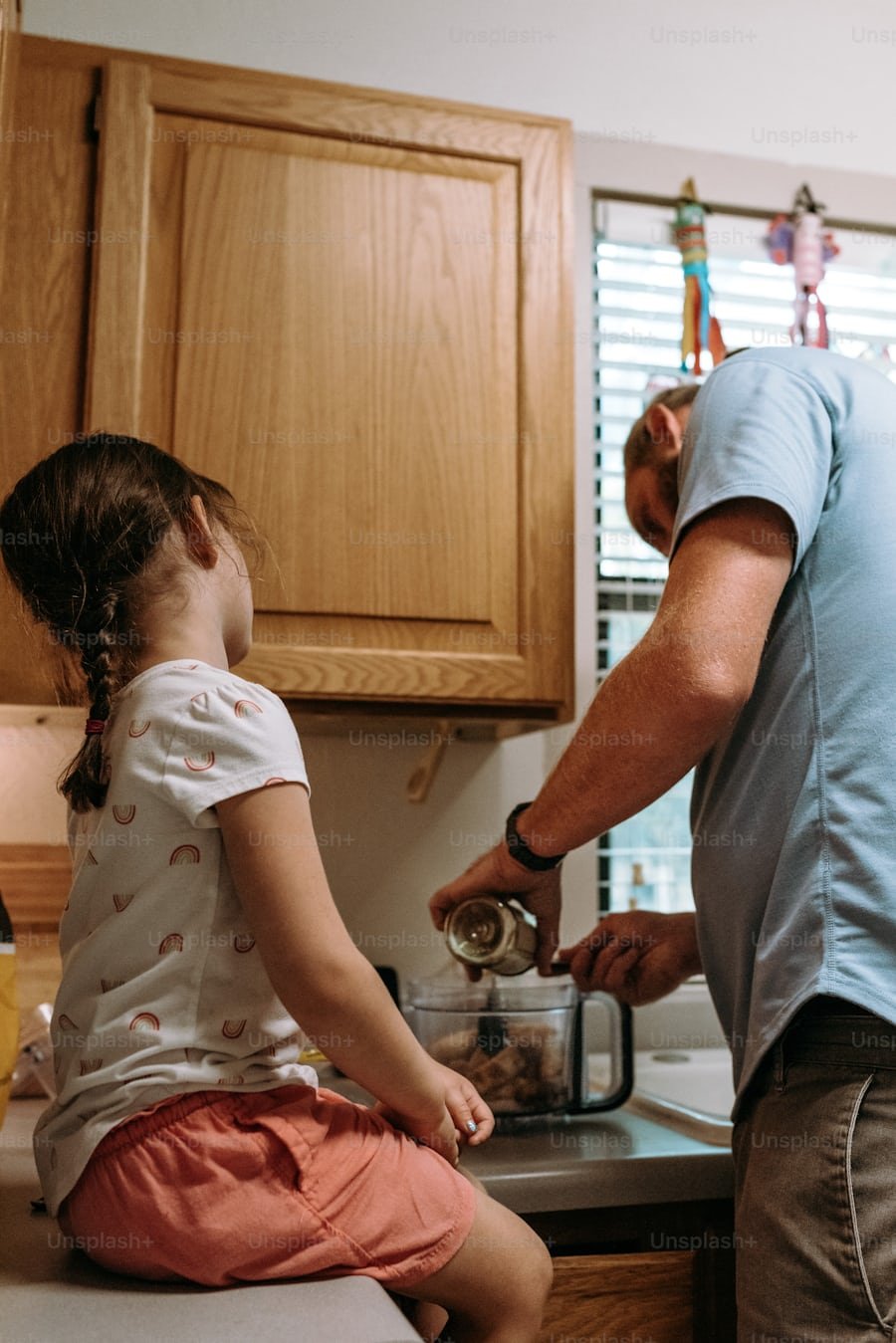In today’s landscape of health challenges, safeguarding our families from opioid misuse is more critical than ever. The opioid crisis continues to devastate families across the country. Powerful prescription painkillers and illegal drugs like heroin can easily lead to addiction, with tragic consequences. But you don’t have to be powerless.
Through compelling stories and expert guidance, this article charts a course through prevention and intervention, offering paths to strength and optimism. In this article, we’ll discuss how these strategies become lifelines, knitting a robust shield around every family’s core.
Understanding Opioid Misuse and Addiction
Opioids, whether from prescriptions like oxycodone or illicit drugs like heroin, act on brain receptors, easing pain and inducing euphoria. Yet, repeated usage can cultivate tolerance, dependency, and, ultimately, addiction.
WebMD reports that 3.8% of American adults abuse opioids annually, which equates to more than 10 million people. Despite a slight decline in new user rates, opioid misuse remains widespread, underscoring persistent challenges in addiction treatment.
Addiction manifests through compulsive drug-seeking behavior despite adverse repercussions, hijacking the brain’s reward circuitry, and complicating cessation efforts without professional intervention.
Educating Your Family about Opioid Risks
Start by delineating the spectrum of opioids—from prescribed pain relievers like oxycodone to illicit substances such as heroin—and their addictive potential. Highlight how these substances affect brain chemistry, leading to tolerance and dependency over time.
In 2019, global drug use resulted in about 600,000 deaths, with opioids contributing to 80% of fatalities, including 25% from overdose. WHO reports approximately 125,000 opioid overdose deaths that year, underscoring a higher incidence of non-fatal overdoses. Addressing opioid misuse is crucial to lowering these concerning global statistics.
To prevent its misuse, it is essential to follow certain steps. Identify behavioral cues of opioid misuse, like secretive behavior or mood swings, signaling potential issues. Foster open discussions on the risks of overdose and emphasize the urgency of seeking medical assistance during emergencies.
When is the right time for parents to talk to their children about the dangers of opioids?
Parents should begin conversations about the dangers of opioids with their children at an early age. Statistics show that by age 12, about 10% of children have experimented with alcohol, increasing to 50% by age 15. Early discussions about substance use can shape decisions, given that many high school students experiment with drugs before graduation.
Safeguarding Medications at Home
Store all prescriptions in a locked cabinet or box, inaccessible to children and guests. Dispose of unused or expired medications promptly through local take-back programs to prevent unauthorized access.
Inform your family about the crucial need to adhere strictly to prescribed dosages and to never share medications. Keep medicines in their original, labeled containers to prevent mix-ups or accidental ingestion. Regularly check your medication inventory to track usage and detect any discrepancies.
Recognizing and Addressing Risk Factors
Factors such as family history of substance use disorders, mental health conditions like depression or anxiety, and chronic pain issues heighten vulnerability. Recognizing these factors empowers families to take proactive steps in prevention. Early detection of behavioral changes—such as social withdrawal, sudden mood swings, or unexplained financial difficulties—can indicate potential opioid misuse.
How does a family history of addiction increase the risk of opioid misuse?
A family history of addiction raises opioid misuse risk through genetic factors and exposure to substance-using environments. Genetic sensitivity increases susceptibility to opioid dependence, while normalization of risky behaviors lowers barriers to experimentation. Unintentional facilitation of opioid access by family members compounds these risks.
Opioid Addiction Treatment Drugs
According to the American Psychiatric Association, between 3% to 19% of individuals prescribed pain medications develop addiction. Those misusing opioids often transition to heroin due to its accessibility. Approximately 45% of heroin users initially had an addiction to prescription opioids, highlighting the link between prescription misuse and heroin use.
From the above statistics, we can assess the impact of addiction on individuals. Families facing opioid misuse can benefit from understanding opioid addiction treatment drugs. Methadone and buprenorphine, both types of opioid agonists, help stabilize brain chemistry to lessen cravings without creating a high.
Suboxone, which combines buprenorphine and naloxone, assists in opioid addiction recovery by diminishing cravings and alleviating withdrawal symptoms. Buprenorphine, being a partial opioid agonist, relieves withdrawal symptoms without inducing euphoria, while naloxone, an opioid antagonist, prevents abuse.
Common side effects include nausea, headache, and insomnia, while serious side effects can involve respiratory depression, liver damage, and hormonal imbalances. Medical supervision is crucial for safe use. Suboxone has also been linked to tooth decay and dental issues, leading to several lawsuits seeking compensation for affected individuals.
The Suboxone tooth decay lawsuit alleges that this opioid addiction treatment medication leads to serious dental problems. The plaintiffs contend that the manufacturer did not adequately inform users of these risks. These legal actions aim to secure compensation for medical costs, pain, and suffering resulting from Suboxone’s reported side effects.
According to TorHoerman Law, Suboxone tooth decay lawsuits fall under product liability. This involves legal actions against manufacturers or sellers for injuries caused by defective or hazardous products. These cases typically address issues such as design defects, manufacturing defects, and allegations of inadequate warnings or instructions.
Building a Supportive Environment
Encourage open, non-judgmental communication to facilitate sharing concerns and seeking help. Educate family members about opioid risks and the importance of responsible medication use.
Promote healthy activities like exercise, hobbies, and quality family time for stress relief. Set clear household rules on substance use and ensure medications are stored safely.
Provide emotional support and access to counseling or support groups for those affected by opioid misuse. Prioritize empathy and proactive measures to enhance family resilience and unity in facing challenges together.
Being Prepared for Emergencies
Recognize signs of opioid overdose, such as slowed breathing or loss of consciousness, and keep emergency numbers accessible. Consider acquiring naloxone, which can reverse overdose effects, and ensure everyone knows how to use it.
Store naloxone in an easily reachable spot and update your emergency plan regularly. In an overdose situation, administer naloxone if trained and call emergency services immediately. Stay calm and offer supportive care until help arrives.
What steps should families take in an opioid overdose emergency?
In an opioid overdose emergency, families should quickly administer naloxone if they are trained and have it available. Call emergency services for professional medical assistance right away. Provide supportive care, monitor breathing and consciousness, and follow the instructions of emergency responders until help arrives.
Proactive Strategies for Opioid Misuse Prevention
Protecting your family from opioid misuse involves education, communication, and proactive actions. Stay informed about opioid risks, securely store medications, and discuss dangers openly with loved ones to reduce misuse risk. Having naloxone available and knowing how to use it can save lives during an overdose. Implementing these strategies creates a safer environment for your family and supports the broader fight against the opioid crisis.











